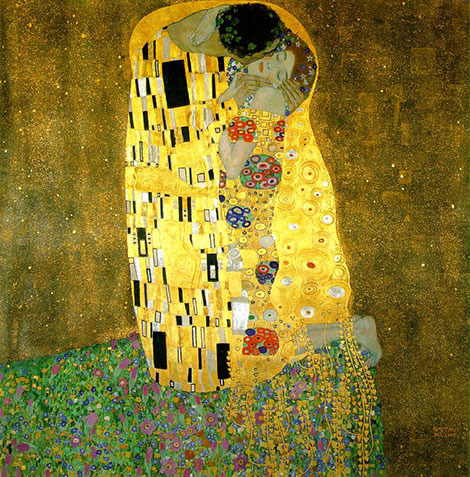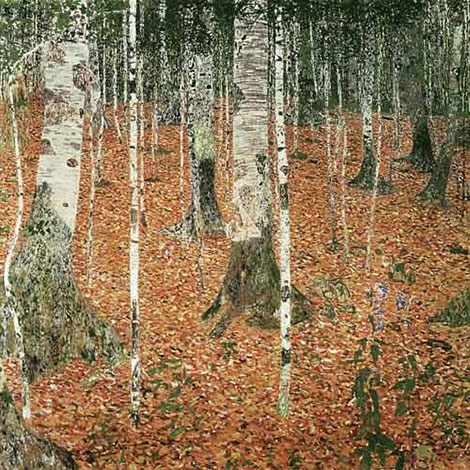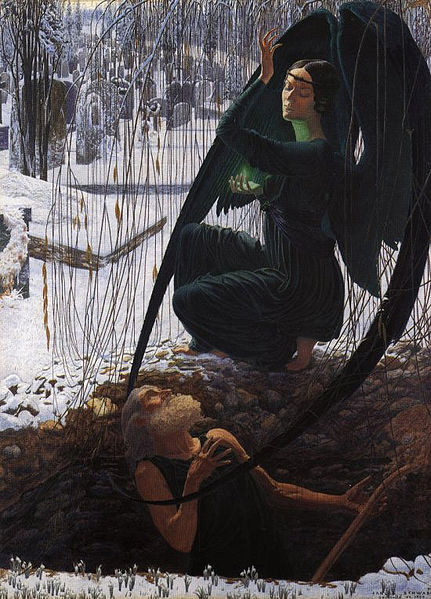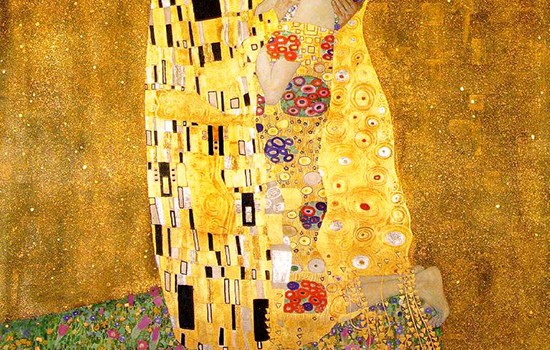Symbolism was a 19th-century art movement rejecting Realism. It expresses ideas over realistic descriptions of the natural world. Symbolism initially developed as a French literary movement in the late 19th century, and it was soon identified with the artwork of a younger generation of painters who were similarly rejecting the conventions of Naturalism.
Unlike the Impressionists, the Symbolists who emerged in the 1880s were a diverse group of artists often working independently with varying aesthetic goals. Rather than sharing a single artistic style, they were unified by a shared pessimism and weariness of the decadence they perceived in modern society. The Symbolists sought to escape from reality, expressing their personal dreams and visions through color, form, and composition.
Symbolist painters believed that art should reflect an emotion or idea rather than represent the natural world in the objective, quasi-scientific manner embodied by Realism and Impressionism.
The Symbolists’ rejection of naturalism and narrative in favor of the subjective representation of an idea or emotion would have a significant effect on the artwork of the twentieth century, particularly the formulation of German Expressionism and Abstraction.
The Most Influential Symbolist Artists
Gustav Klimt (1862 – 1918) was an Austrian symbolist painter and one of the most prominent members of the Vienna Secession movement. Klimt is noted for his paintings, murals, and sketches. Klimt’s primary subject was the female body; his works are marked by a frank eroticism. http://www.klimtgallery.org
The Kiss (Lovers) was painted by Klimt between 1908 and 1909, the highpoint of his “Golden Period”, when he painted a number of works in a similar gilded style. A perfect square, the canvas depicts a couple embracing, their bodies entwined in elaborate robes decorated in a style influenced by both linear constructs of the contemporary Art Nouveau style and the organic forms of the earlier Arts and Crafts movement. The work is composed of oil paint with applied layers of gold leaf, an aspect that gives it its strikingly modern, yet evocative appearance. The painting is now in the Österreichische Galerie Belvedere museum in the Belvedere palace, Vienna, and is widely considered a masterpiece of the early modern period. It is a symbol of Vienna Jugendstil—Viennese Art Nouveau—and is considered Klimt’s most popular work.
Gustav Klimt – The Complete Works: http://www.klimtgallery.org/


Carlos Schwabe (1866 – 1926) was a German Symbolist painter and print-maker. Schwabe was born in Germany and raised in Geneva, Switzerland. After studying art in Geneva, he relocated to Paris as a young man, where he worked as a wallpaper designer, and he became acquainted with Symbolist artists. His paintings typically featured mythological and allegorical themes; as an essentially literary artist, he was much in demand as a book illustrator. He illustrated the novel Le rêve (1892) by Émile Zola, Charles Baudelaire’s Les Fleurs du mal (1900), Maurice Maeterlinck’s Pelléas et Mélisande (1892), and Albert Samain’s Jardin de l’infante (1908). Schwabe lived in France for the rest of his life and died in Avon, Seine-et-Marne in 1926.

Two distinct styles are recognized in his art. Before 1900, Schwabe’s paintings were more individual and experimental, indicating the idealism of the Symbolists; conventional, allegorical scenes from nature became more prominent in his later work. Images of women were important, sometimes representing death and suffering, other times creativity and guidance. His first wife was his model for angels and virgins, and “Death” in The Death of the Grave-Digger (1895) resembles her.

Arnold Böcklin (1827-1901) was a Swiss symbolist painter of the 19th century. He was the most influential artist of the German-speaking world. Influenced by Romanticism, his painting is symbolist with mythological subjects. His pictures portray mythological, fantastical figures along classical architecture constructions creating a strange fantasy world which influences game artists in the modern world.
Böcklin is best known for his five versions (painted in 1880-1886) of Isle of the Dead, which partly evokes the English Cemetery, Florence, close to his studio and where his baby daughter Maria had been buried. An early version of the painting was commissioned by a Madame Berna, a widow who wanted a painting with a dream-like atmosphere.
American essayist and art critic Clement Greenberg wrote in 1947 that Böcklin’s work “is one of the most consummate expressions of all that was now disliked about the latter half of the nineteenth century.”

